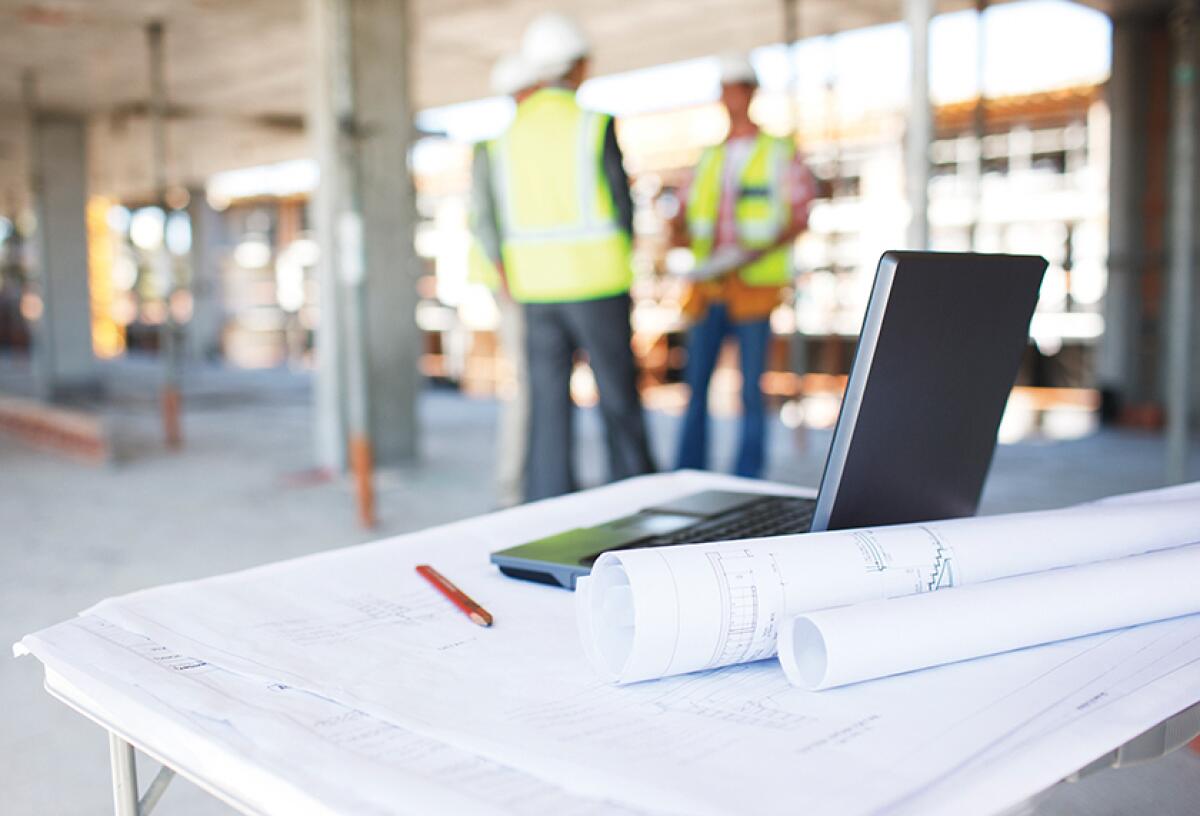Medical, Life Science and Multifamily Building Development Likely to Trend in O.C.

- Share via
A recent report from the NAIOP Research Foundation predicts that as the pandemic has increased office vacancy rates, a rising need for medical, life science and multifamily spaces offers a solution.
The new medical complex at UCI comes at an ideal time and based on expert projections, it will not be the only high-profile health-related development in the healthcare sector in Orange County.
“Although it is difficult to estimate the amount of office space that will become available as long-term leases expire in the years ahead, there will probably be an excess supply of office buildings in most markets,” the report states. “This outcome is leading property owners and developers to actively seek alternative uses for these office properties. Strong demand exists for life science lab space, medical office space and rental apartments in many markets due in part to the continuing threat of new viruses, chronic health conditions, an aging population and migration to cities or from one area of the country to another.”
“Use of office space has changed as the pandemic propelled remote work and hybrid schedules for traditional office workers,” said Thomas J. Bisacquino, President and CEO of NAIOP. “This leaves the potential for older and empty office space to be converted into uses that are in greater demand, creating a best-case scenario for office owners and developers as well as the sectors that need space.”
This report reveals that converting an existing office building can offer several advantages over new construction:
• Permits and other approvals are easier to obtain than for new construction. Life science and medical office uses are usually permitted by an office building’s current zoning. Conversion of an existing building to multifamily use in a commercial area will usually encounter less community opposition than new construction in a residential area.
• Conversions can be completed more quickly, and material and labor costs are lower than for new construction. These advantages are more pronounced when new construction would require demolishing an existing building, which can add substantial time and cost to a project.
• Conversion projects are more environmentally friendly than new construction. Conversion preserves the carbon that is embodied in an existing building’s structure, and less energy and fewer carbon-intensive building materials are needed than for most new construction.
• In some cases, a building can be partially leased during the conversion. Tenants can lease and occupy floors that are not currently undergoing conversion. This additional income can lower project risk and increase returns.
Finally, the report notes that “property conversions and reuse offer a viable way to meet market demand and mitigate greenhouse gas emissions.” The report, “New Uses for Office Buildings: Life Science, Medical and Multifamily Conversions,” was authored by Emil Malizia, Ph.D., CRE, Research Professor of City and Regional Planning at the University of North Carolina-Chapel Hill and President of Malizia & Associates, LLC.
For more information, visit naiop.org.